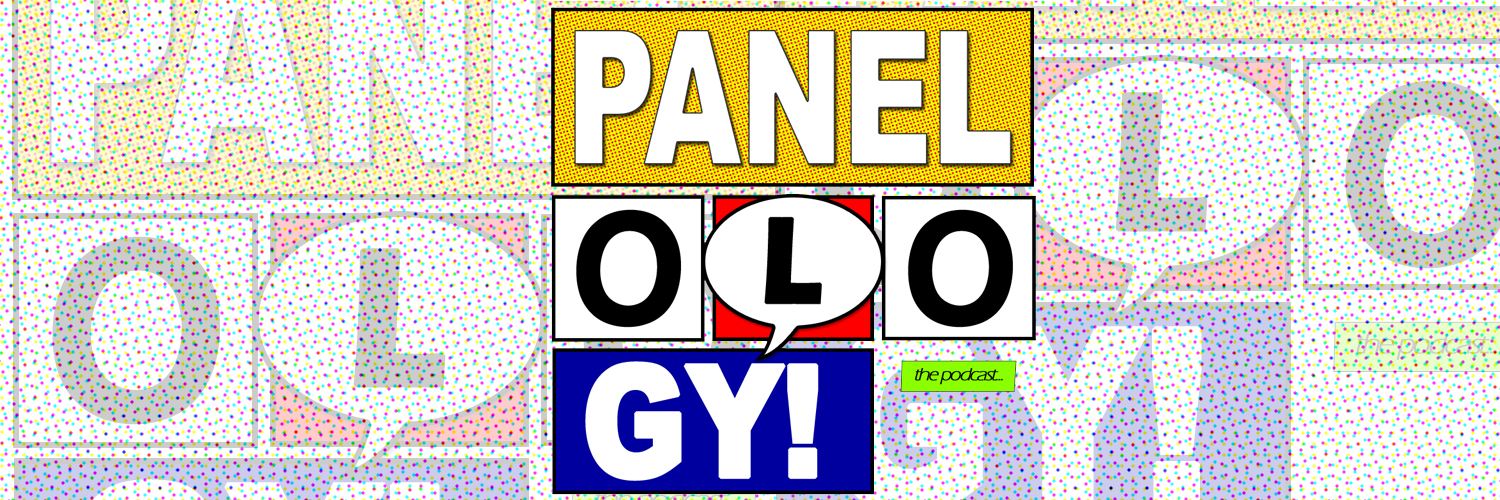When I was young, I owned a book called Steve Urkel’s Super-Cool Guide to Success. I believed that this book would teach me to be cool. And popular. And would lead to me having an amazing laboratory in my parents’ basement. (When it didn’t work, I assumed it was because my parents’ lack of a basement prevented me from reaching Maximum Urkel.)
How to Talk to Girls at Parties is every bit as helpful a primer as Steve Urkel’s Super-Cool Guide to Success.
Not that it tries to be instructive. Instead, the book—adapted from a short story Gaiman wrote—makes literal the (heteronormative) teenage boy feeling that talking to girls might as well be talking to aliens. It becomes an act of courage, then of trying to understand. It ends in distraction or half-remembered feelings. The gulf comes from a difference of experience, and that’s what Gaiman leans into.
Adaptation is tricky. A writer fits a narrative to its medium. Transplanting a narrative into a different medium, with different features, restrictions, and ways to communicate requires reinvention. Gaiman’s prose, while coming from a very specific point of view, communicates exactly what he intends it to. That makes things tricky for Moon and Bá. The adaptation reads most naturally as a comic when its source and script tend toward dialogue. Those moments give the art room to act on its own rather than illustrate action dictated by narration. To sacrifice the narration would be to lose Gaiman’s voice. Voice drives How to Talk to Girls at Parties; thus, its narration stays, and art reacts to prose.
While their art may not drive the action as much as Gaiman’s words do, Bá and Moon take control of the book’s tone. Sometimes anxious, others wondrous, and often bittersweet, their art focuses the book’s teenage narrator’s feelings into claustrophobic panels, flowing splash pages, and vibrant, ensorcelling colors. Metaphor gives way to alien emotions in Gaiman’s story; Moon and Bá capture those alien emotions in their impressionist art. And that art is beautiful.
If you like Neil Gaiman’s writing, there's a good chance you'll enjoy How to Talk to Girls at Parties. If you enjoy Bá and Moon’s art, you will, at very least, find the book to be gorgeous. I do not recommend reading it in the same way you would most comics; it has a different relationship between words and pictures than a story written to be a comic typically does. But I do recommend checking it out if you think a tight, illustrated short story would be your cup of tea.
Collected in
- How to Talk to Girls at Parties (OGN)
Credits
Writer: Neil Gaiman | Adaptation: Fábio Moon & Gabriel Bá | Artists: Fábio Moon & Gabriel Bá | Letterers: Fábio Moon & Gabriel Bá

